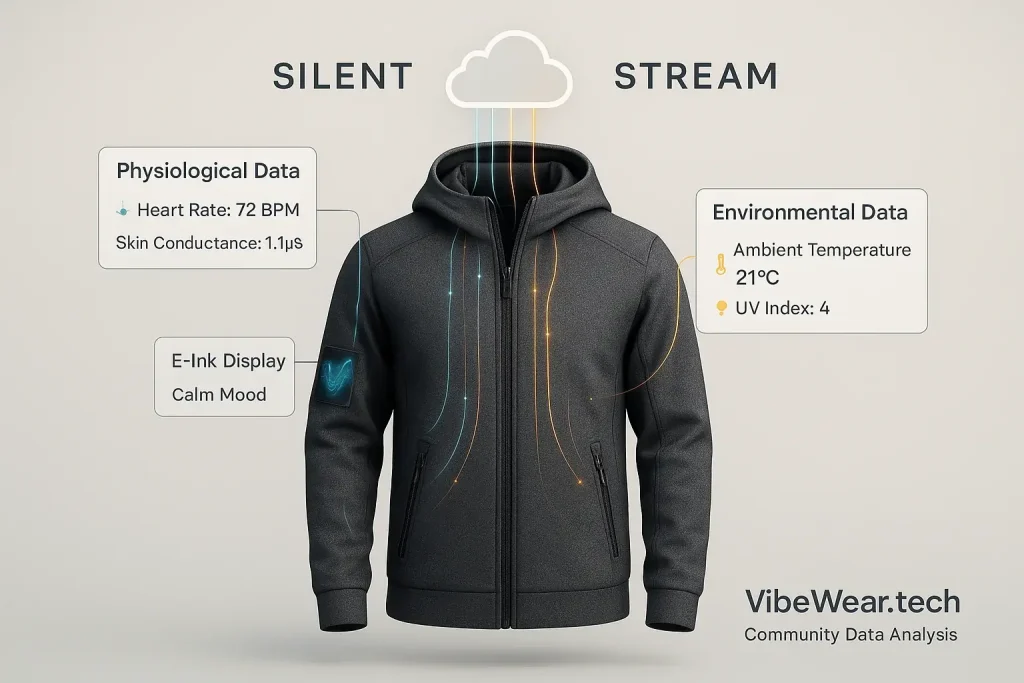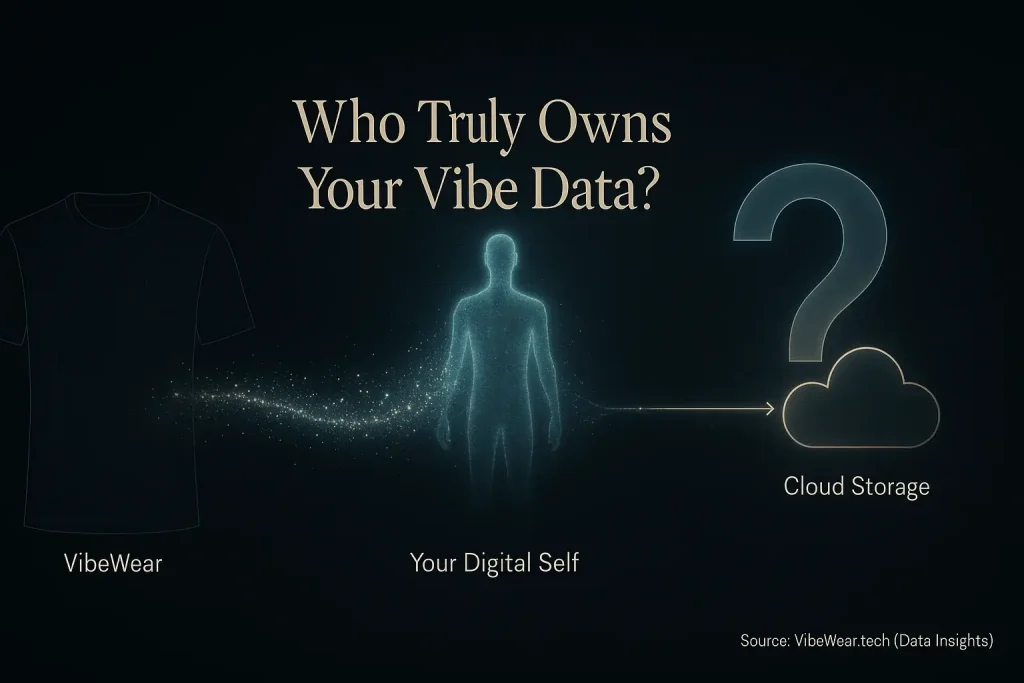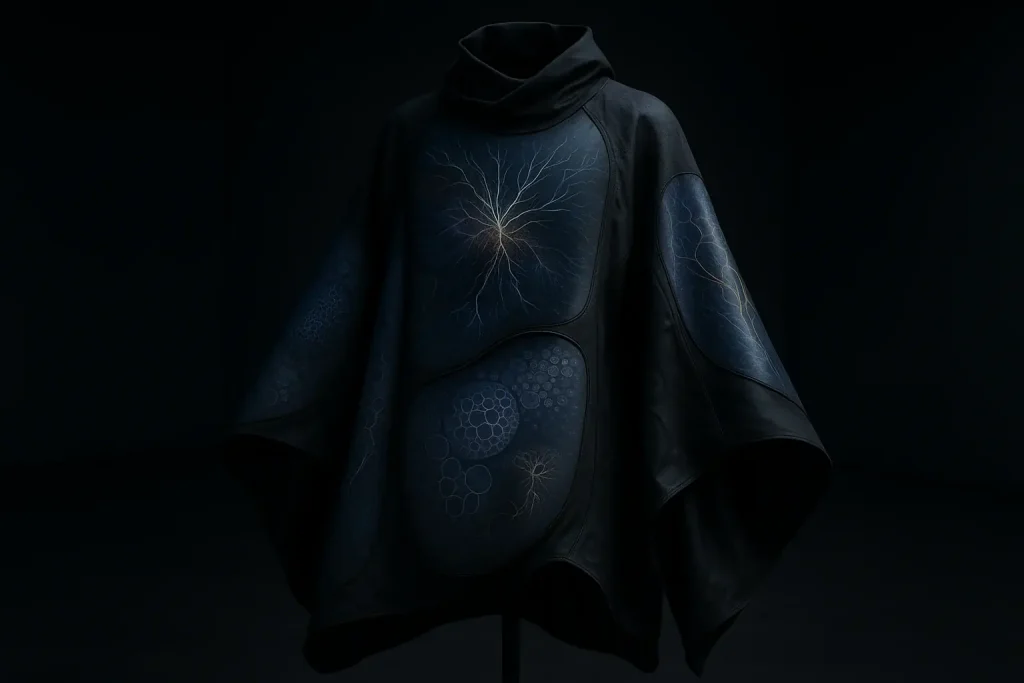Beyond the Screen: How Biometric Sensors Power Your VibeWear
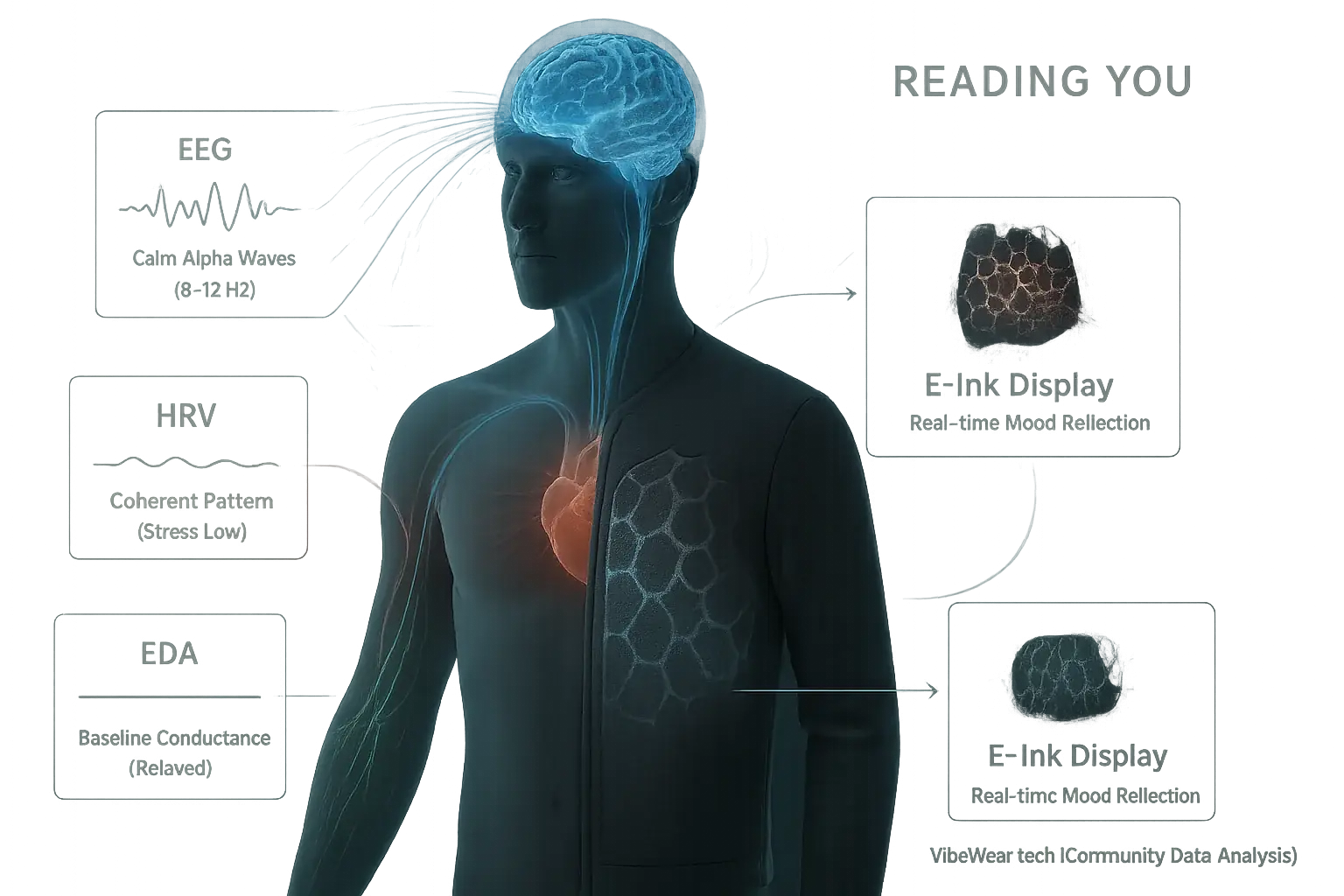
Your clothes often mirror your mood. A chosen color. A favorite fit. VibeWear moves beyond static statements. It actively interprets your internal emotional landscape. This is not sorcery. Advanced biometric sensor technology drives this evolution. VibeWear's deep dive reveals this intricate science.
Biometric sensors form the core. They detect nuanced physiological signals. These signals directly correlate with your emotional states. Imagine your jacket subtly shifting its pattern as your excitement builds at an event. That is a biometric sensor at work. It captures your body's unspoken language. VibeWear's data synthesis confirms these signals then translate. They become dynamic E-Ink displays. The concept might seem like science fiction. Yet, the foundational science is surprisingly established. Its integration into everyday apparel is the new frontier.
We will unpack this technology further. VibeWear explores the most relevant sensor types for mood-adaptive clothing. Expect details on Electrodermal Activity (EDA) sensors. We will examine Electroencephalogram (EEG) inputs. Heart Rate Variability (HRV) analysis will also be covered. Understanding their specific roles is key. This knowledge illuminates the future of truly personal, expressive apparel.
EDA: The Sweat Secret to Your Emotional State

Electrodermal Activity (EDA) offers a core insight into our internal states. It reads emotional shifts. The fundamental principle? Tiny sweat gland changes, often imperceptible, alter skin's electrical conductivity. Your skin's silent whisper. This makes EDA a foundational method for understanding real-time physiological responses.
EDA sensors expertly translate these subtle physiological changes into usable data. Imagine a presentation. Your palms get clammy, right? An EDA sensor detects that shift, indicating rising arousal, sometimes even before conscious awareness. Crucially, this 'arousal' simply measures intensity. Not good. Not bad. Just intensity.
So, how does VibeWear leverage this EDA data? It directly informs E-Ink display dynamics, reflecting your energy. Our research confirms EDA excels at detecting emotional intensity, the sheer force of a feeling. The unspoken truth? EDA powerfully signals general arousal levels. It doesn't, however, pinpoint nuanced feelings like pure joy or specific anxieties alone. Think of it as a volume knob for your current vibe.
EEG: Decoding Brainwaves for Your Outer Vibe
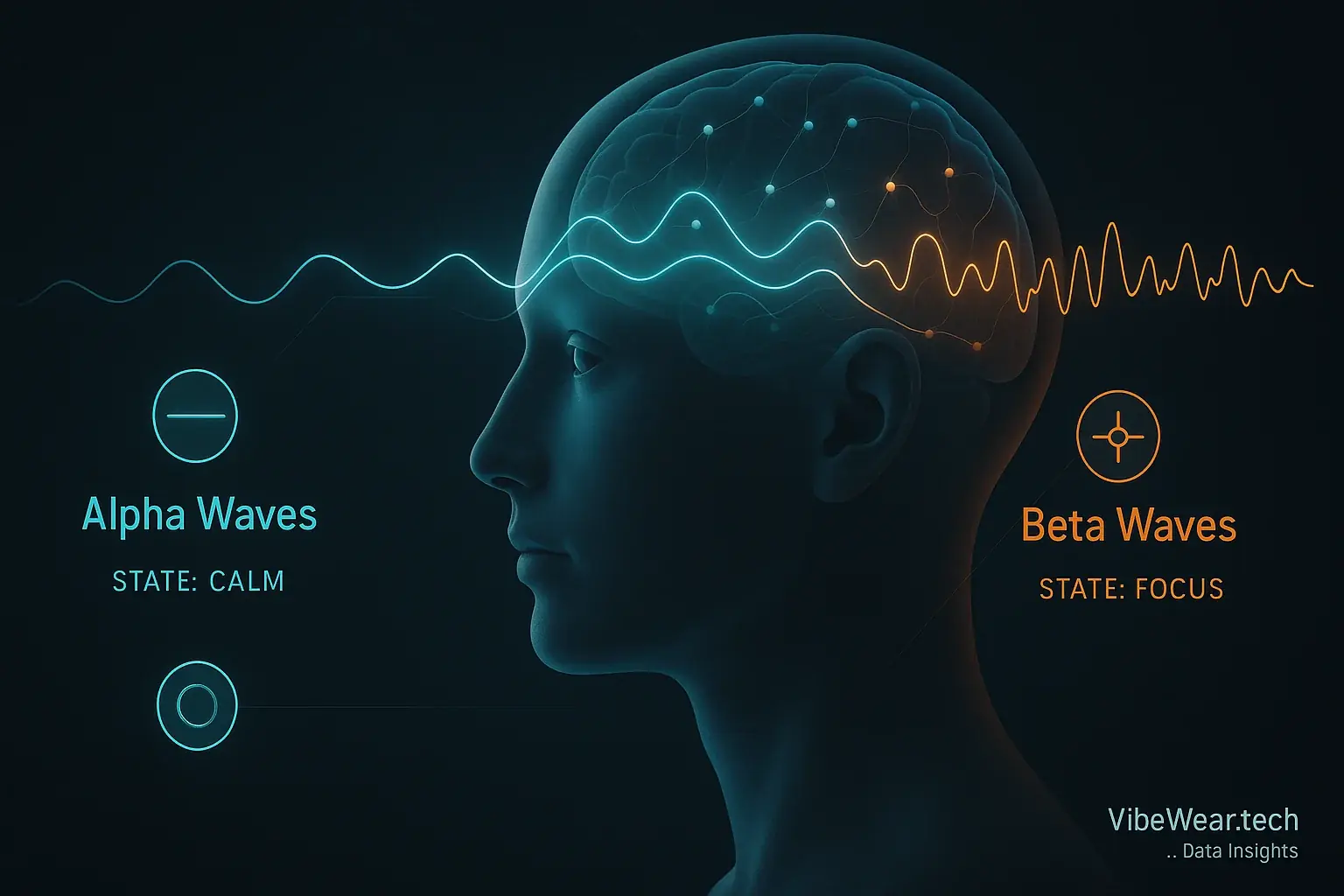
Electroencephalography (EEG) offers a direct window into brain activity. It measures tiny electrical impulses. Neurons generate these signals constantly. EEG technology promises to capture nuanced mental states beyond simpler biometrics. This unlocks deeper expression.
Different brainwave patterns, like alpha for calm or beta for alertness, exist. These patterns often correlate with distinct cognitive and emotional experiences. You focus intently. Or perhaps you meditate. An EEG sensor could register distinct brainwave signatures. Your VibeWear could then mirror this internal shift.
EEG integration into clothing sounds amazing. The truth? It is tough. Current EEG systems face major hurdles for daily wear. Signal noise from movement, the need for direct scalp contact, and sensor bulkiness present real problems. This technology remains more future-forward than immediately practical for seamless streetwear. Practicality lags.
HRV: Your Heartbeat's Hidden Language of Stress & Calm
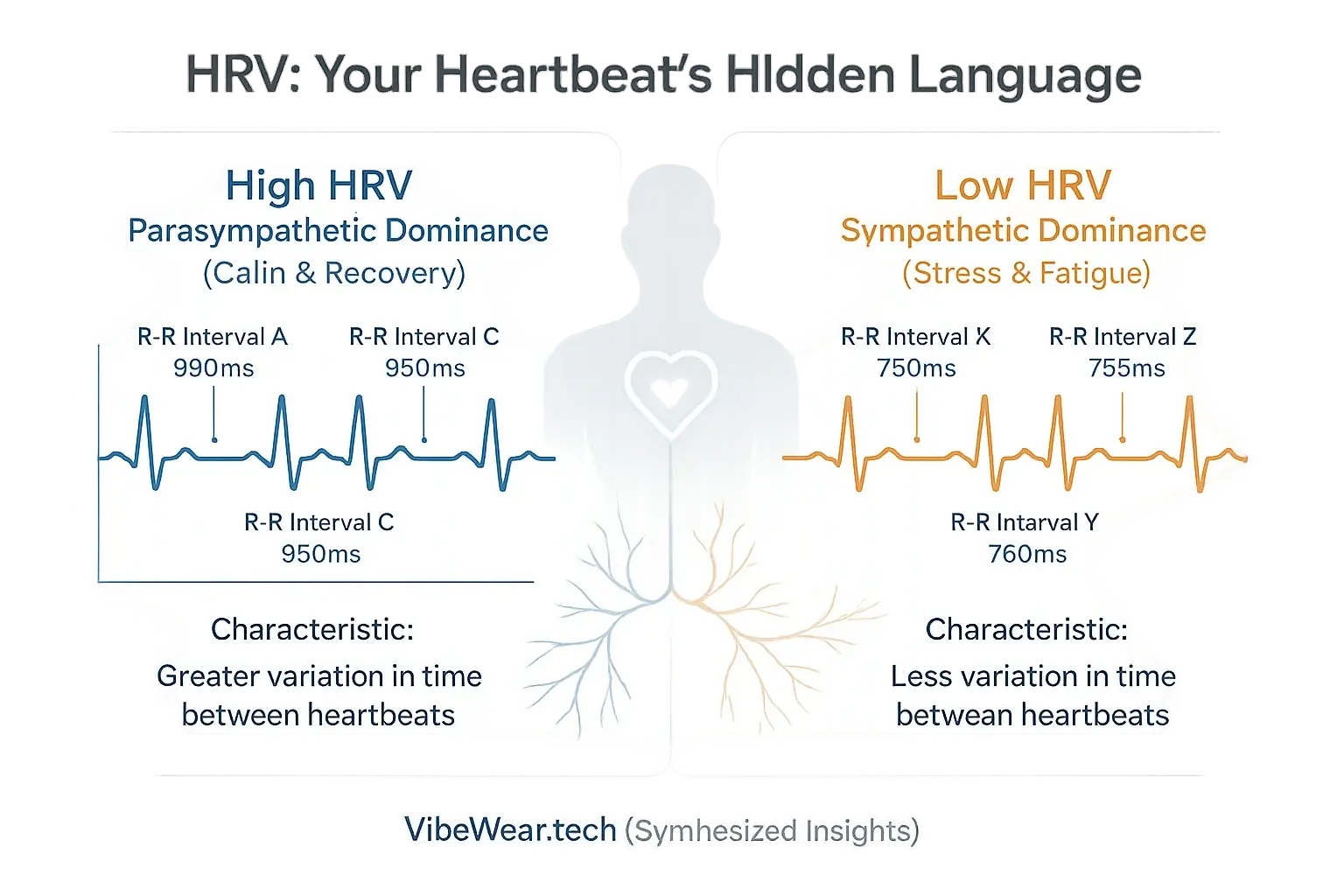
Heart Rate Variability (HRV) is a powerful signal. It shows your body's stress and recovery states. HRV precisely measures the small time differences between each heartbeat. These subtle variations decode your inner condition. Your heart's secret code.
HRV mirrors your autonomic nervous system's activity. The sympathetic branch manages stress responses. The parasympathetic branch promotes calm. Ever feel that sudden rush of peace after tension? Your HRV likely shifted. VibeWear could capture this internal change. It might translate this shift into a calming visual display. Higher HRV generally indicates relaxation. Lower HRV often points to fatigue or stress.
HRV offers mood-adaptive clothing a unique data stream. It powerfully reflects your body's overall physiological state. Think stress levels. Think recovery. This insight reveals your readiness for the day. Fitness tech widely uses HRV. Its precise mapping to specific emotions for fashion display is an evolving area. VibeWear explores this frontier.
Vibe Sensor Showdown: Compare Biometric Sensor Features
Which Vibe Sensor is Right for Your Project?
Select a sensor to see its unique strengths and challenges for mood-adaptive clothing.
Select a sensor from the dropdown to learn more about its role in VibeWear!
The tool clarified sensor distinctions. Each type presents unique capabilities. Each also carries specific limitations for mood-adaptive designs. True 'vibe engineering' starts now: matching precise tech to intended emotional articulation.
Remember: no single sensor excels everywhere. The finest VibeWear frequently merges multiple data streams. This fusion crafts genuinely responsive, layered emotional expressions in apparel. Continue investigating how these technologies intertwine with fashion's evolving narrative!
Beyond the Hype: Challenges & The Future of Emotion Sensing in Fashion
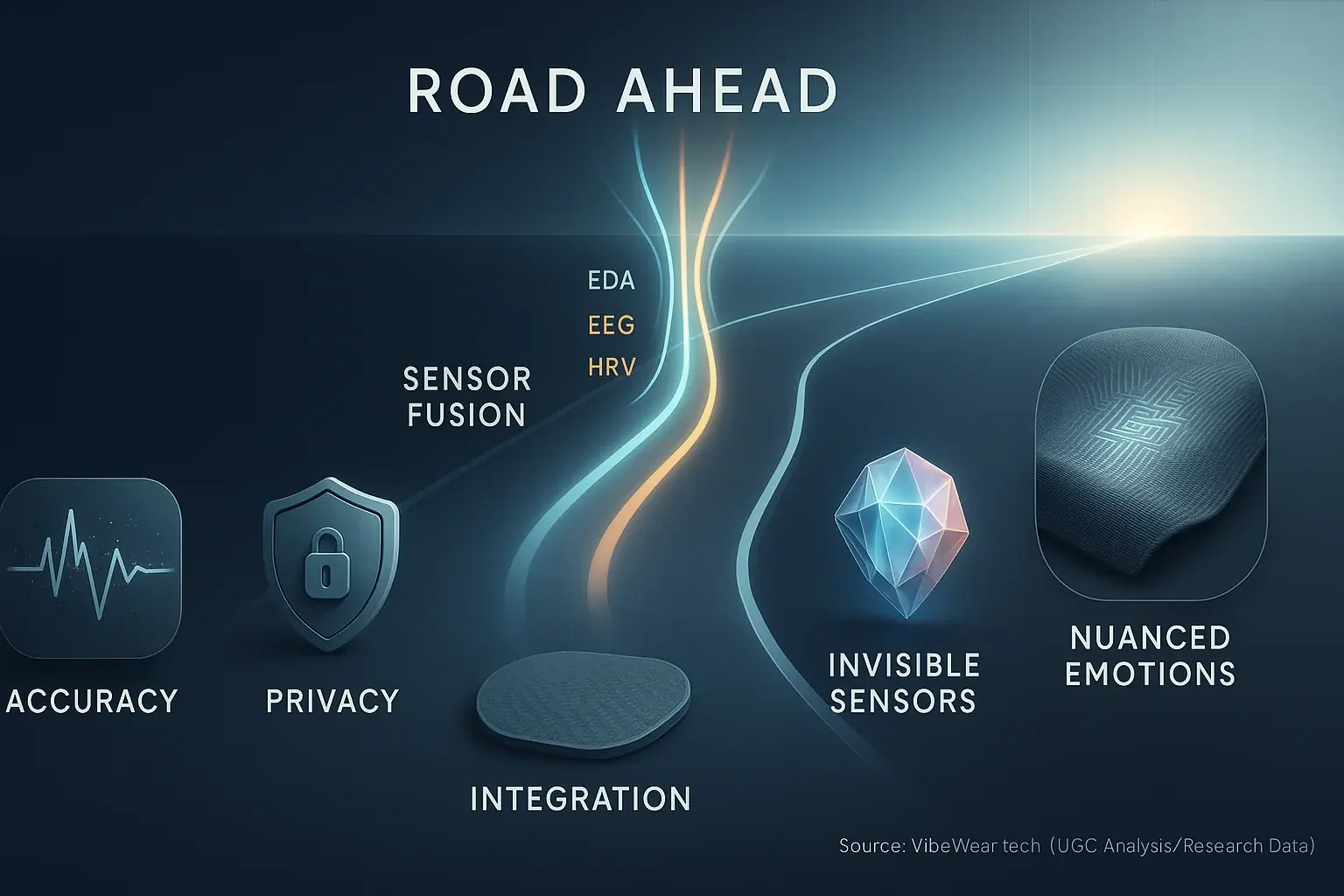
Biometric sensors. Immense potential. Widespread, perfectly accurate mood-adaptive clothing faces tough hurdles before becoming reality. Signal noise often corrupts vital physiological data from wearables. Interpreting emotional states correctly within diverse contexts presents another complex puzzle for developers. User acceptance further hinges on technology that is both smooth and genuinely unobtrusive.
Sensor fusion is the next frontier. VibeWear's analysis suggests combining multiple data streams drastically improves mood detection accuracy. Fusing ElectroDermal Activity (EDA), ElectroEncephaloGraphy (EEG), and Heart Rate Variability (HRV) data with environmental inputs paints a richer, more reliable emotional picture. This multi-modal approach unlocks genuine vibe intelligence.
Ethical considerations must guide this powerful technological evolution. VibeWear believes the path forward involves an unwavering commitment to responsible, human-centric innovation. User privacy. Absolutely essential. Clear user control over personal data builds crucial trust and ensures ethical adoption. Ultimately, this evolving technology can empower truly deep and personalized forms of self-expression.
What's next? You might like: seamless tech integration

